Disclosure: This article contains affiliate links. We may earn a commission from purchases at no extra cost to you, which helps our travel content.
Quebec City has always held a special place in my heart, where European charm meets North American spirit in the most enchanting way. While the iconic Château Frontenac rightfully commands attention on the skyline, the true essence of this UNESCO World Heritage treasure lies in its immersive cultural experiences. As someone who appreciates both aesthetic beauty and meaningful cultural connections, I've curated these ten experiences that will transform your family's Quebec City visit from a typical tourist venture into an unforgettable cultural journey. Allons-y!
1. Petit-Champlain Quarter: Where History Meets Artistry
Nestled at the foot of Cap Diamant, the Petit-Champlain Quarter captivates with its narrow, winding streets and stone buildings that transport you to 17th-century New France. As an interior designer, I'm endlessly inspired by how this district balances historical preservation with contemporary creativity.
On my last visit with friends, we spent an entire afternoon exploring the boutiques of local artisans—each shop a carefully curated space showcasing Quebec's artistic heritage. The handcrafted pottery at La Boutique des Métiers d'art reflects the province's distinct aesthetic identity, while the intricate glass creations at Atelier-Boutique Verrerie illuminate how traditional techniques evolve with modern vision.
For the perfect memento of your visit, I recommend picking up a Quebec artisan soap set made with local ingredients—the lavender varieties are particularly divine and bring the scents of Quebec's countryside into your home.
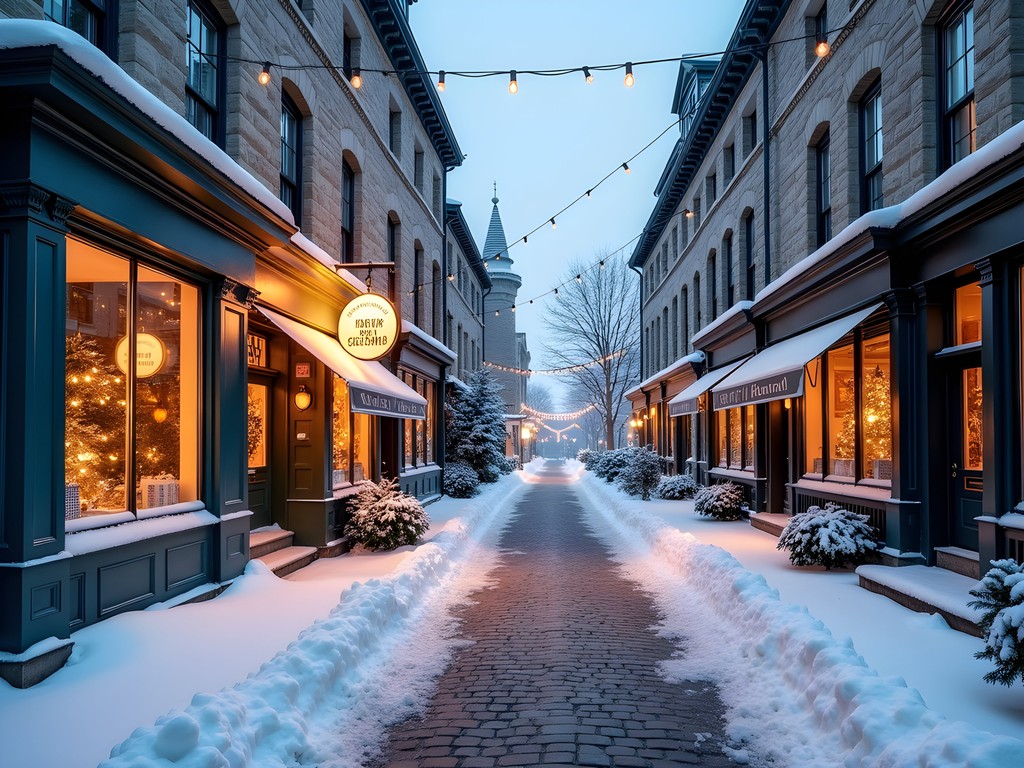
💡 Pro Tips
- Visit on weekday mornings to avoid crowds and have more meaningful conversations with shop owners
- Look for the 'Métiers d'art' certification which guarantees authentic Quebec craftsmanship
- Many artisans offer mini-workshops where children can try traditional crafts—ask at the tourism office for current offerings
2. Musée de la Civilisation: Engaging Cultural Immersion for All Ages
The Musée de la Civilisation brilliantly achieves what few museums manage—creating engaging experiences for visitors of all ages. Unlike traditional museums that can test children's patience, this cultural gem offers interactive exhibits that captivate young minds while providing substantive content for adults.
The permanent exhibition on Quebec's Indigenous peoples provides thoughtful context about the land's first inhabitants through multimedia presentations and authentic artifacts. My design-trained eye particularly appreciates how the museum's architecture harmonizes contemporary elements with the historic port district—much like how I approach creating spaces that honor heritage while embracing modernity.
For families with younger children, I suggest purchasing a cultural activity book before your visit. These cleverly designed guides turn museum exploration into a treasure hunt that keeps children engaged while learning about Quebec's rich heritage.
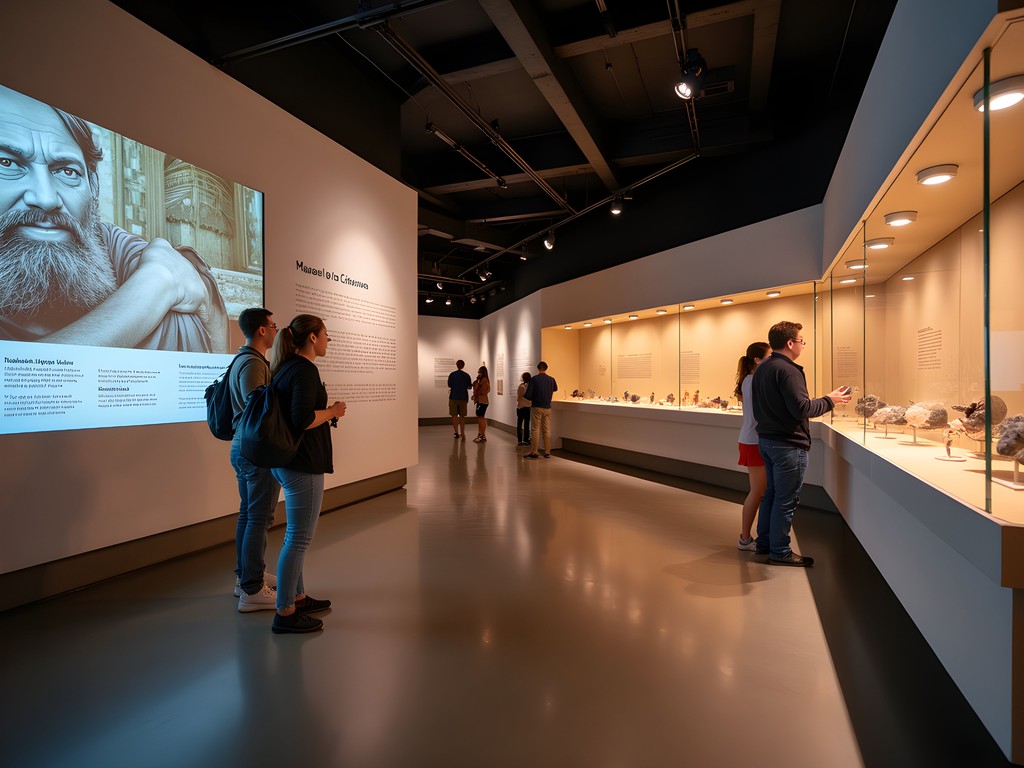
💡 Pro Tips
- Visit on Thursdays after 5 pm when admission is reduced
- Download the museum's family activity sheets from their website before your visit
- The Discovery Zone on the lower level offers hands-on activities perfect for when children need a break from traditional exhibits
3. Atelier Paré: Woodcarving Traditions Come Alive
Just 20 minutes outside the city center in Boischatel lies one of Quebec's most authentic cultural experiences. Atelier Paré celebrates the Quebecois tradition of wood sculpture and storytelling in a way that resonates deeply with my appreciation for craftsmanship that connects generations.
The workshop-museum showcases magnificent wood carvings depicting French-Canadian folklore and legends. What makes this experience particularly special for families is the storytelling sessions (available in English) where tales come alive through animated narration and the carved figures themselves.
On my visit last autumn, I was mesmerized watching master woodcarvers transform simple blocks of maple into intricate figures. The rich aroma of wood shavings and the rhythmic sounds of carving tools created a multisensory experience that digital entertainment simply cannot replicate.
To enhance your appreciation of this traditional craft, consider bringing along a wooden puzzle box for children to compare with the master carvings—it creates a tangible connection to the artform and makes for thoughtful conversation about craftsmanship across cultures.
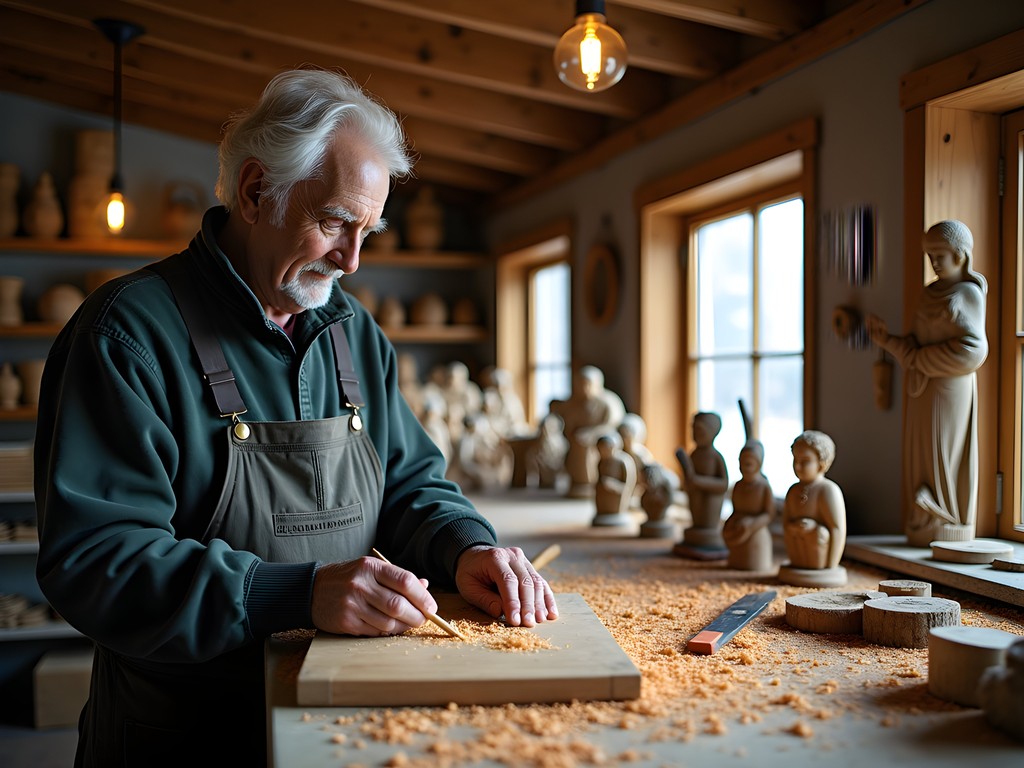
💡 Pro Tips
- Call ahead to confirm storytelling session times in your preferred language
- The small on-site boutique offers authentic pieces at various price points—perfect for meaningful souvenirs
- Combine with a visit to nearby Montmorency Falls for a full day of Quebec heritage and natural beauty
4. La Citadelle & Changing of the Guard: Living History
While many visitors glimpse La Citadelle from afar, experiencing the Changing of the Guard ceremony offers an unparalleled connection to Canadian military traditions. As the largest British fortress in North America, this active military installation houses the Royal 22e Régiment—the famous 'Van Doos'—and their mascot, a live goat named Batisse, who never fails to delight younger visitors.
The 35-minute ceremony runs daily at 10 AM during summer months (late June to early September). What struck me most was how the bilingual narration thoughtfully contextualizes the pageantry, explaining the significance of each movement and symbol.
For the best experience, I recommend arriving with a compact travel binoculars to catch the intricate details of the uniforms and ceremonial movements. The fortress's strategic position also offers spectacular panoramic views of the St. Lawrence River that are worth lingering for after the ceremony concludes.
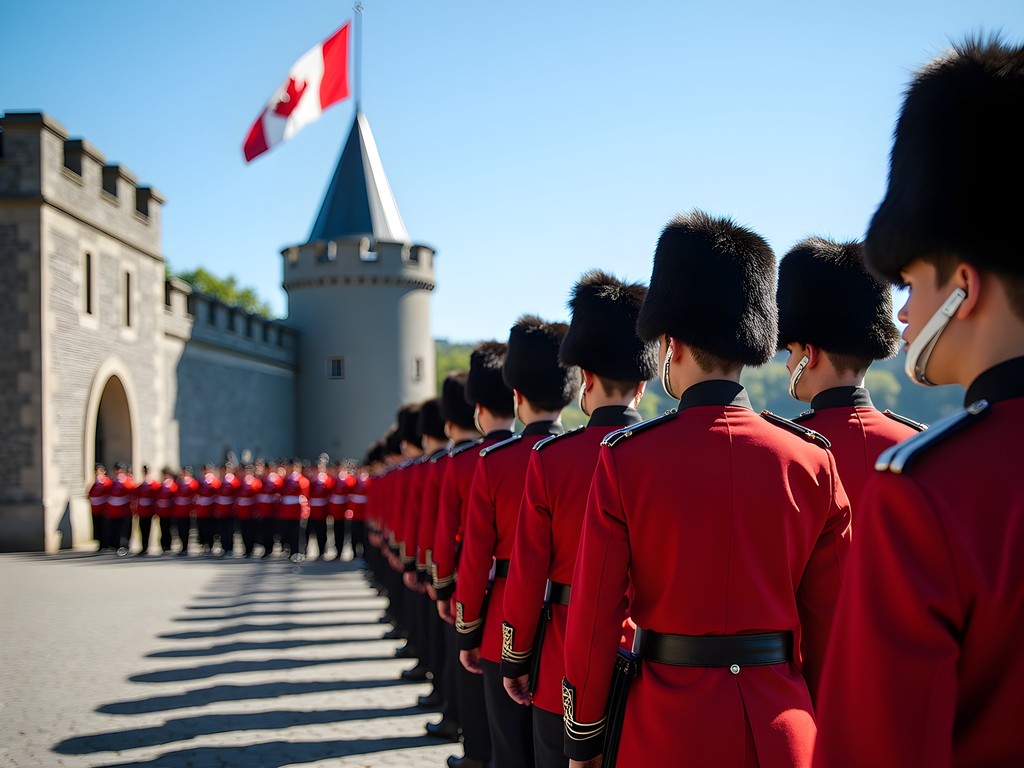
💡 Pro Tips
- Arrive 15-20 minutes early to secure good viewing spots, especially if visiting with children
- The ceremony proceeds regardless of weather, so dress accordingly—the open parade ground offers little shelter
- Combine with the guided tour of the fortress for a comprehensive understanding of Quebec's military history
5. Morrin Centre: English Heritage in a Francophone City
Housed in Quebec City's first prison, the Morrin Centre offers a fascinating glimpse into the city's English-speaking heritage within its predominantly Francophone culture. This cultural gem features a Victorian-era library that seems plucked from a British novel—its wooden spiral staircases and floor-to-ceiling bookshelves would make any bibliophile swoon.
The guided tour reveals the building's transformation from prison to college to cultural center, with the preserved jail cells providing a stark contrast to the refined library above. What makes this experience particularly special is how it illuminates the complex cultural dynamics that shaped Quebec's identity.
As someone who navigates between Korean and American cultural influences, I found the Morrin Centre's exploration of cultural coexistence particularly resonant. The center frequently hosts literary events, including bilingual readings that celebrate Quebec's diverse literary traditions.
Before visiting, I suggest picking up a Quebec literary classic to enhance your appreciation of the province's rich literary heritage—the library staff are always delighted to discuss literary connections to the region's history.
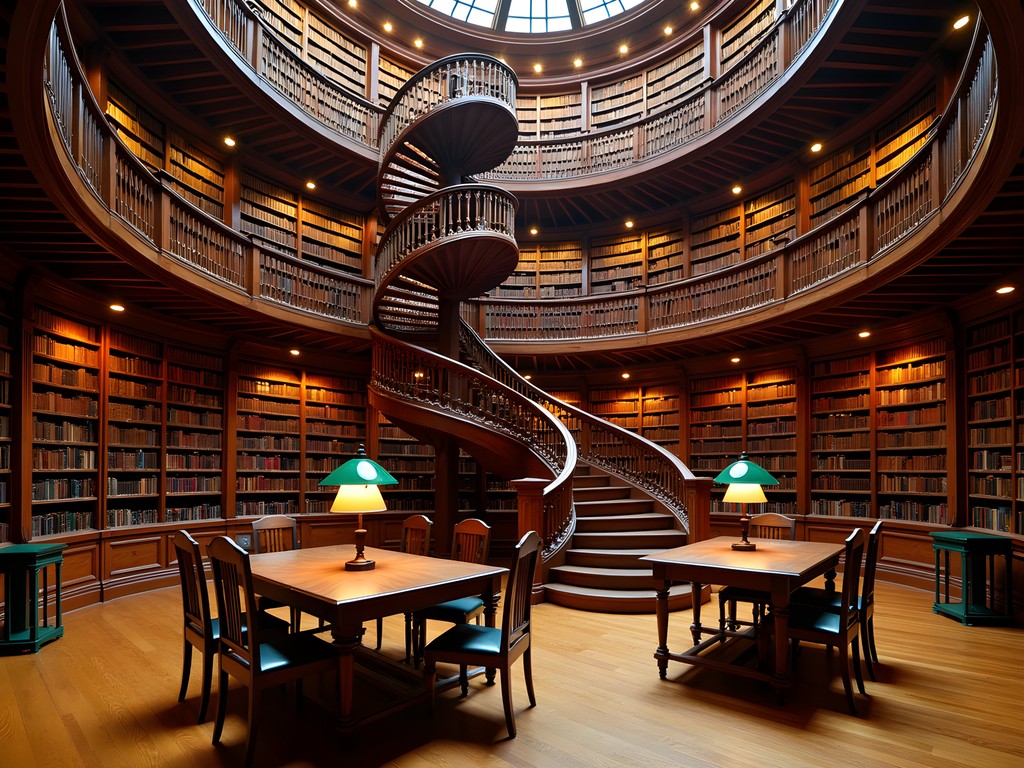
💡 Pro Tips
- Book the guided tour in advance as spaces are limited
- Check their calendar for literary events that might coincide with your visit
- The afternoon tea experience in the library must be reserved several weeks ahead but offers an unforgettable cultural immersion
6. Quartier des Spectacles: Quebec's Contemporary Cultural Pulse
While Old Quebec rightfully captures attention for its historical significance, the Quartier des Spectacles demonstrates the city's vibrant contemporary cultural scene. This arts district hosts numerous festivals throughout the year, from summer's Festival d'été de Québec to winter's Carnaval de Québec, showcasing how traditional Quebecois culture continues to evolve and thrive.
What I particularly appreciate about this district is how thoughtfully the performance spaces have been designed—the acoustics at Le Grand Théâtre de Québec rival those of opera houses I've visited in Seoul and Paris. The district's architectural lighting design transforms ordinary buildings into canvases for light projections that tell stories of Quebec's heritage in innovative ways.
For families with music-loving children, I recommend bringing a portable bluetooth speaker to enjoy impromptu dance moments inspired by the street performers who frequently enliven the district's public spaces. Some of my fondest memories involve spontaneous dance sessions with my friends amid the district's festive atmosphere.
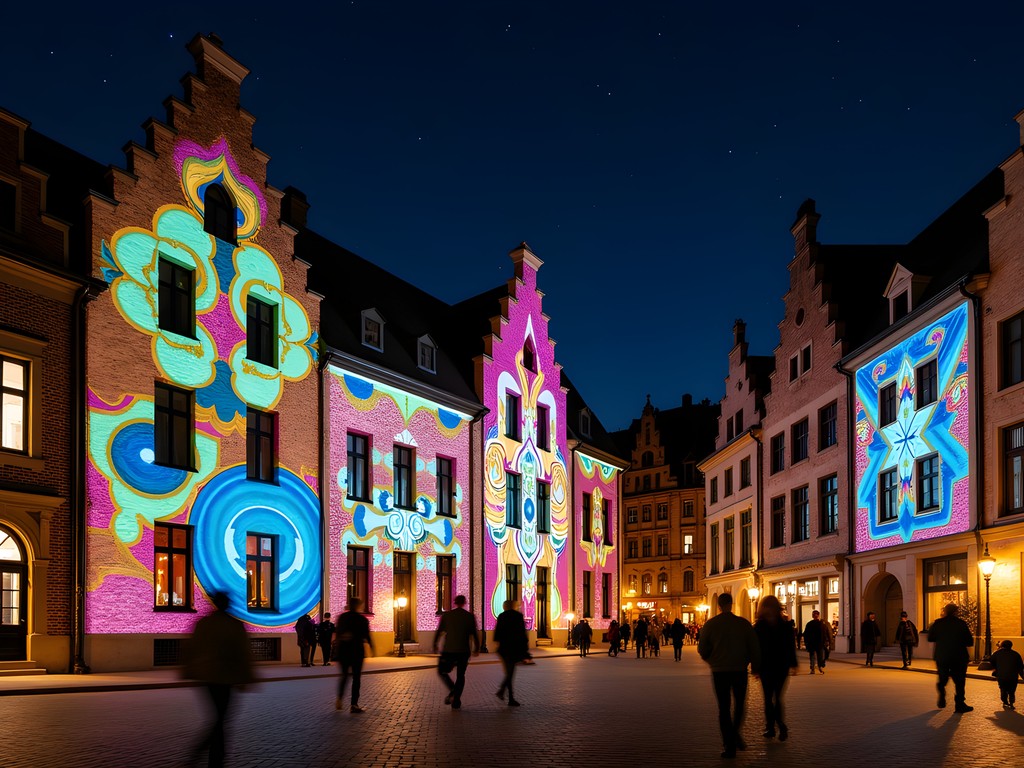
💡 Pro Tips
- Check the district's online calendar before your visit as many performances offer family-friendly matinees
- Many outdoor performances are free during summer months
- The district's restaurants often offer pre-show menus—book in advance during festival seasons
7. Huron-Wendat Nation: First Nations Cultural Immersion
Just 15 minutes from downtown Quebec City, the Huron-Wendat Nation in Wendake offers an essential perspective on Quebec's cultural tapestry. The Hôtel-Musée Premières Nations combines a boutique hotel with a museum dedicated to Huron-Wendat heritage—a masterful blend of cultural education and hospitality that resonates with my design sensibilities.
The guided tours of the reconstructed longhouse provide insights into traditional dwelling designs that ingeniously addressed environmental challenges long before modern architecture. What makes this experience particularly valuable for families is how it centers Indigenous voices in telling their own stories—something I find crucial when introducing children to cultural perspectives different from their own.
The on-site restaurant, La Traite, offers a culinary journey through Indigenous ingredients like game meats, corn, squash, and foraged plants. I highly recommend trying their maple syrup sampler to taste how this quintessentially Canadian ingredient varies between producers and processing methods—the restaurant's version comes directly from Huron-Wendat producers.
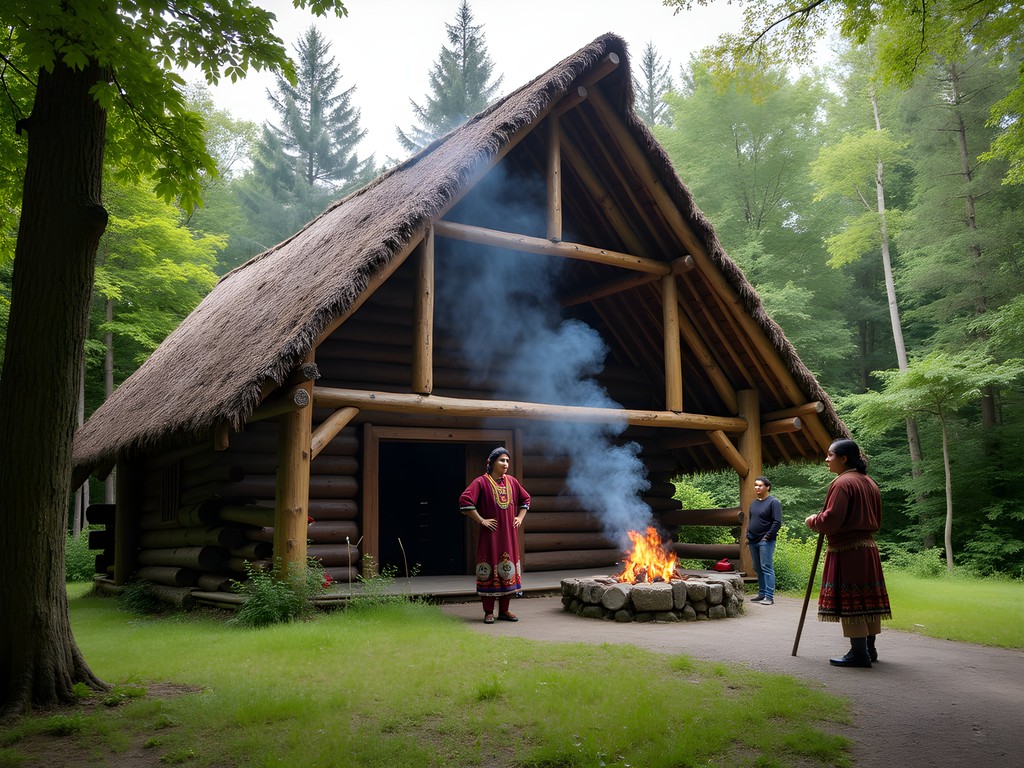
💡 Pro Tips
- Reserve the cultural package that includes a traditional feast and storytelling session
- The gift shop offers authentic Indigenous crafts with proceeds supporting community initiatives
- Allow at least half a day to fully appreciate both the museum and the natural surroundings
8. Île d'Orléans: Agricultural Heritage Experience
Just 15 minutes from downtown Quebec City lies Île d'Orléans—an island that serves as the region's agricultural heart and a living museum of rural Quebecois traditions. Connected to the mainland by a single bridge, crossing over feels like stepping back in time to rural New France.
The island's six charming villages are home to family farms, artisanal food producers, and historic stone houses dating back to the 17th century. As someone who appreciates how cultural identity expresses itself through both architecture and cuisine, I find Île d'Orléans offers the perfect blend of both.
During summer and fall, the island's u-pick farms offer families a hands-on connection to Quebec's agricultural heritage. My favorite experience involves visiting Cassis Monna & Filles, where they transform black currants into everything from wine to dessert toppings. Their crème de cassis is exceptional—I always bring home a bottle as a souvenir.
For the perfect island picnic, I recommend bringing a insulated wine tote to keep your local cider or ice wine chilled while you enjoy spectacular views of the St. Lawrence River and distant Montmorency Falls.
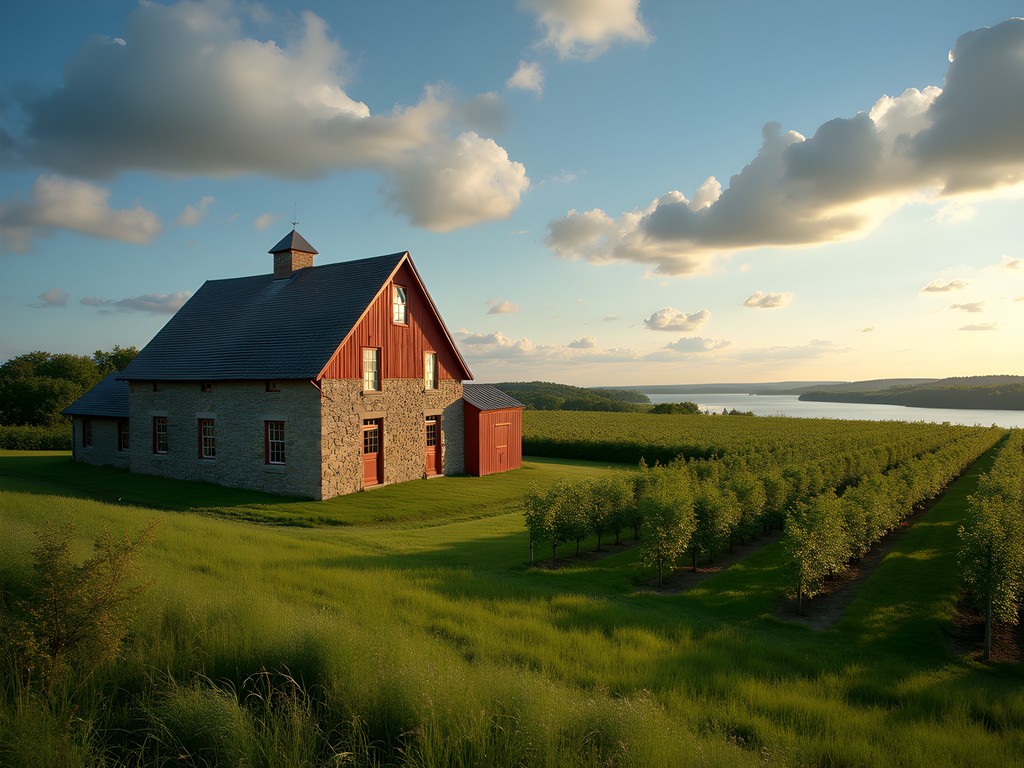
💡 Pro Tips
- Rent bicycles to explore the island's 67 km scenic route at a leisurely pace
- Visit Panache Mobile at Bois de Coulonge park for an upscale food truck experience featuring island ingredients
- The chocolate-dipped ice cream cone at Chocolaterie de l'Île d'Orléans is a must-try local tradition
9. Copper Art Studio Workshops: Hands-on Cultural Creation
Quebec City has a long tradition of copper artistry dating back to New France, when copper roofing and decorative elements adorned important buildings. At Albert Gilles Copper Art Studio & Museum, this tradition comes alive through hands-on workshops that allow visitors to create their own copper art pieces—a meaningful souvenir that connects to Quebec's artistic heritage.
As an interior designer who appreciates both the aesthetic and functional aspects of traditional crafts, I was impressed by how the studio balances historical techniques with contemporary applications. The museum portion showcases exquisite copper reliefs depicting Quebec's history, while the workshop space invites visitors to try their hand at this distinctive art form.
The family-friendly repoussé workshops guide participants through creating a small copper piece using traditional tools and techniques. Children as young as five can participate, making this an ideal activity for multigenerational travel. My friends' children were delighted to create copper bookmarks that they still treasure years later.
To protect your hands during the workshop, I suggest bringing along crafting gloves as the copper edges can sometimes be sharp. The studio provides basic protection, but having your own comfortable pair enhances the experience.

💡 Pro Tips
- Book workshop sessions at least 3 days in advance during peak season
- Allow 2-3 hours for both the museum tour and workshop experience
- Wear clothes that can get dirty, as copper polish can stain
10. Old Port Farmers' Market: A Feast for the Senses
For an authentic glimpse into contemporary Quebecois culture, the Marché du Vieux-Port (Old Port Farmers' Market) offers a sensory journey through the region's culinary traditions. Unlike tourist-oriented food markets, this is where locals shop, making it an ideal place to observe everyday Quebec culture in action.
The market showcases Quebec's remarkable agricultural diversity—from maple products and ice cider to artisanal cheeses that rival those of France. What makes this experience particularly special is the opportunity to interact with local producers who take immense pride in explaining their crafts, often offering generous samples.
During my visits, I've been struck by how the market reflects Quebec's commitment to preserving culinary heritage while embracing innovation. Traditional tourtière (meat pie) stalls operate alongside modern producers creating unexpected flavor combinations with local ingredients.
To make the most of your market visit, bring along a collapsible market tote that folds small enough to fit in your daypack but expands to hold your culinary treasures. I never visit without picking up maple butter, which makes for perfect gifts and brings the essence of Quebec to my breakfast table back home.
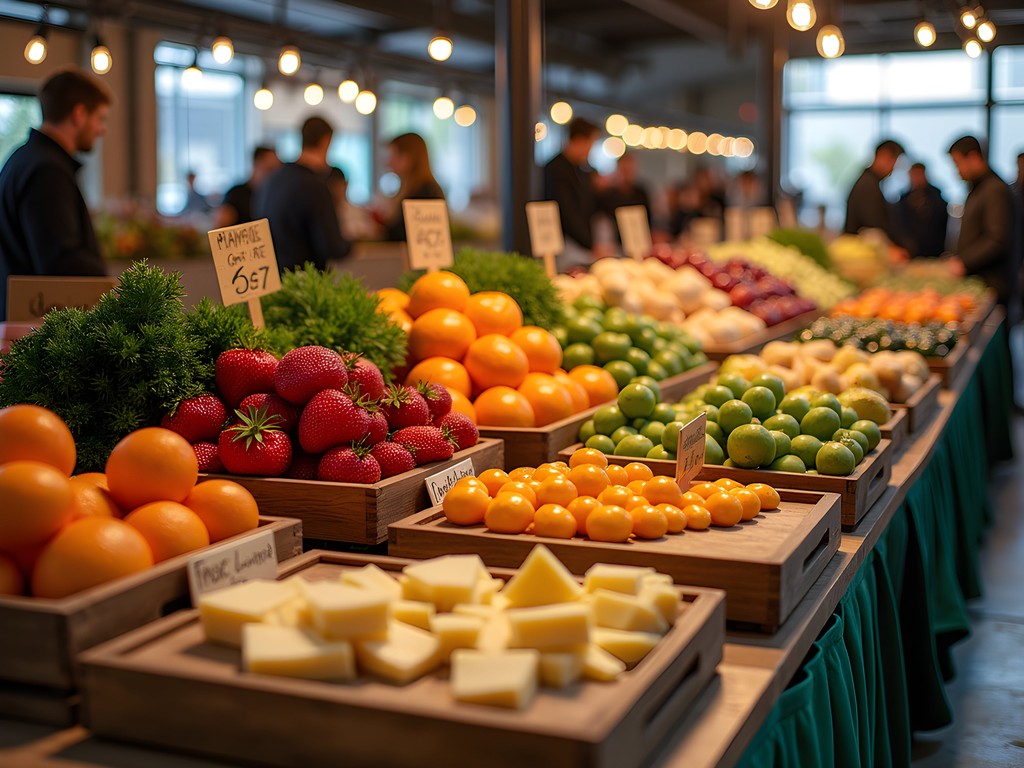
💡 Pro Tips
- Visit early on weekend mornings when the selection is freshest and locals are doing their shopping
- Look for the 'Aliments du Québec' label which certifies locally produced foods
- Many vendors offer samples—pace yourself to try a variety of regional specialties
Final Thoughts
Quebec City offers far more than picturesque streets and historic architecture—it provides immersive cultural experiences that connect visitors to the living heritage of this unique corner of North America. What makes these experiences particularly valuable for families is how they engage all generations in meaningful cultural exchange rather than passive sightseeing.
As someone who has always sought to integrate my Korean heritage with my American life, I appreciate how Quebec City seamlessly blends French traditions with North American practicality, creating something entirely unique yet authentically rooted. The city doesn't merely preserve its past in museums; it lives its heritage daily through cuisine, craftsmanship, language, and celebration.
On your next visit, I encourage you to venture beyond the iconic landmarks to discover these immersive experiences that reveal Quebec's cultural soul. Whether learning traditional crafts alongside local artisans or savoring regional flavors at a farmers' market, these moments create the meaningful connections that transform tourism into genuine cultural understanding. À la prochaine!
✨ Key Takeaways
- Quebec City offers authentic cultural experiences beyond its famous landmarks
- Hands-on workshops and interactive museums provide meaningful engagement for all ages
- Indigenous perspectives are essential to understanding Quebec's complete cultural story
- Food experiences from farmers' markets to traditional restaurants offer delicious insights into local heritage
📋 Practical Information
Best Time to Visit
Year-round, though summer (June-August) offers the most outdoor cultural activities and winter (December-February) showcases unique seasonal traditions
Budget Estimate
$150-$250 per day per person including accommodations, meals, and activities
Recommended Duration
5-7 days to fully experience both major landmarks and immersive cultural activities
Difficulty Level
Easy - Most Cultural Sites Are Accessible And Family-Friendly


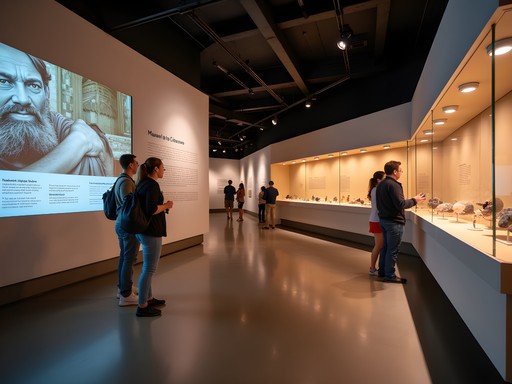
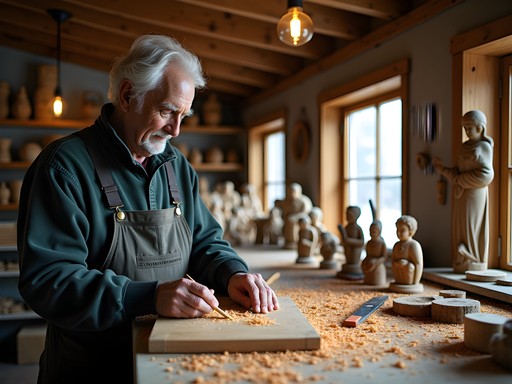
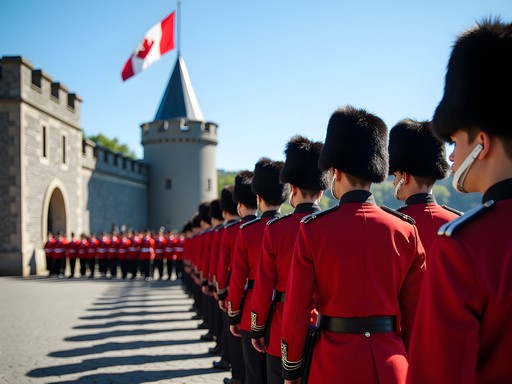
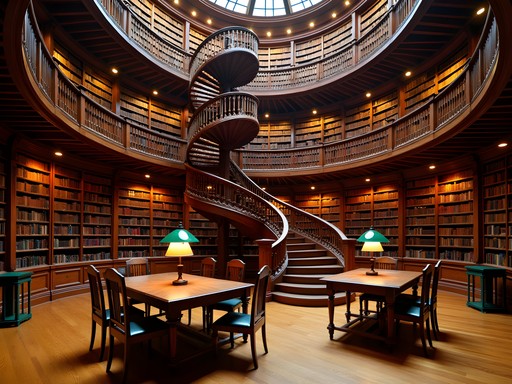
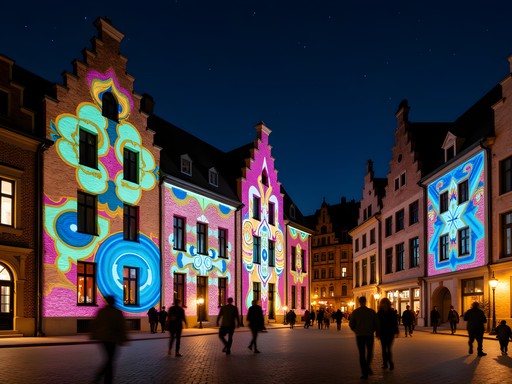










Comments
escapepro
Planning a trip for October - is it worth going to La Citadelle if we can't make it for the Changing of the Guard ceremony?
wanderguide
Definitely! The guided tour is super informative and the views of the St. Lawrence River are amazing. Just check their winter schedule - I think the ceremony only runs in summer months.
luckybuddy
Those photos of Petit-Champlain Quarter are STUNNING! 😍 Can't wait to visit in December!
George Hayes
This brought back so many memories! We took our kids (ages 8 and 11) to Quebec City last summer, and they still talk about the Musée de la Civilisation. The interactive exhibits were perfect for keeping them engaged while actually learning something. One thing I'd add to your list - we did a family cooking class at a small culinary school in Old Quebec where we learned to make traditional tourtière and maple desserts. The kids felt like little French-Canadian chefs! It was called 'Ateliers et Saveurs' if anyone's interested. Great for families wanting something beyond the usual tourist activities.
escapepro
That cooking class sounds amazing! Was it expensive? Would you say it's suitable for teens too?
George Hayes
It was about $75 per person, but they gave us a family discount. Absolutely perfect for teens - they'd probably enjoy it even more than younger kids!
Taylor Moreau
Excellent curation of experiences, Priya. Having visited Quebec City numerous times for business, I've found that taking a historical food tour in the Saint-Roch district offers tremendous insight into Quebec's culinary evolution. The neighborhood itself has transformed from working-class to trendy while maintaining its authentic character. One recommendation I'd add for those interested in contemporary Québécois culture: attend a performance at Le Diamant, the new performing arts venue. Robert Lepage's productions there offer a fascinating window into modern Quebec identity through innovative theatrical experiences. Even with limited French comprehension, the visual storytelling transcends language barriers. Will be sharing this with colleagues headed to our Quebec office next month.
journeybuddy
Saint-Roch is amazing! So much more local than the touristy Old Quebec areas. Found the best poutine of my life there at some tiny place a local recommended.
Timothy Jenkins
Brilliant write-up on Quebec City's cultural scene, Priya! I visited last autumn and would add that the Atelier Paré woodcarving workshop you mentioned offers hands-on sessions if you book in advance. My partner and I spent a memorable afternoon learning basic techniques from a fourth-generation woodcarver. It's worth noting that while most staff speak English, having a basic French phrasebook definitely enhances the experience in some of these smaller cultural venues. I used pocket phrasebook which was compact enough to carry everywhere. The Changing of the Guard ceremony at La Citadelle is indeed spectacular - pro tip: arrive 30 minutes early for the best viewing spots!
citymate
Great post! How much time would you recommend for the Musée de la Civilisation? Is it good for someone who doesn't speak much French?
Priya Lewis
Thanks for asking! I'd recommend at least 2-3 hours for Musée de la Civilisation - it's quite extensive. And don't worry about language barriers - they have excellent English signage and audio guides. Some of the temporary exhibits might vary in translation quality, but the main collections are very accessible!
citymate
Perfect, thanks! That's really helpful.
wanderguide
This post couldn't have come at a better time! Just got back from Quebec City last week and completely agree about Petit-Champlain Quarter - it's magical, especially in the evening when the lights come on. We stumbled upon a local folk music performance there that wasn't even advertised anywhere. Definitely the highlight of our trip! Did anyone else catch any spontaneous cultural events while visiting?
luckybuddy
Yes! We saw street performers doing traditional Québécois dances near Place Royale! So cool!
wanderguide
Awesome! I missed that. Definitely need to go back!
hikingrider
Just got back from Quebec City and wish I'd seen this post before going! We did hit the Musée de la Civilisation though and it was fantastic - the interactive exhibits kept our kids engaged for hours. Missed Atelier Paré completely, which is a shame because my daughter would have loved the woodcarving. Guess we need to plan another trip!
springguide
How accessible is La Citadelle for visitors with mobility issues? My mom uses a walker and we're planning a trip in October.
hikingrider
I was there last year with my dad who uses a cane. Parts of it are challenging with the cobblestones and hills, but they do have some accommodations. I'd call ahead to ask about specific routes and maybe schedule during a less crowded time. The staff was super helpful for us!
springguide
Thanks so much for the info! Really appreciate the firsthand experience.
globefan
That shot of the artist working in Petit-Champlain is gorgeous! Really captures the vibe of the quarter.
Venture X
Premium card with 2X miles, $300 travel credit, Priority Pass